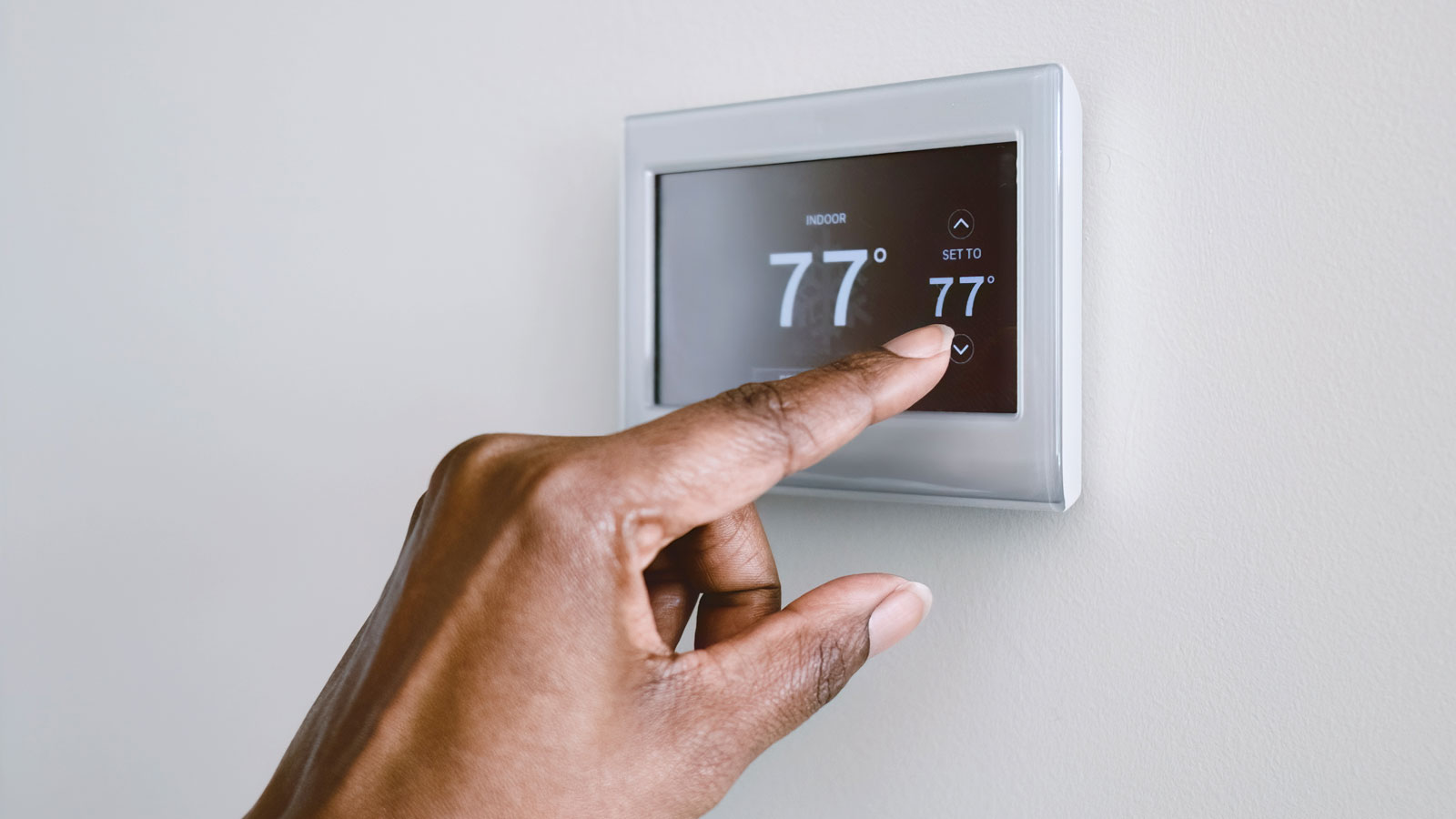Struggling to keep your home cool? You could be making these common air conditioning mistakes
Suspect your AC unit isn’t doing its job? These easy-to-make air conditioning mistakes could be the reason your home is still hot
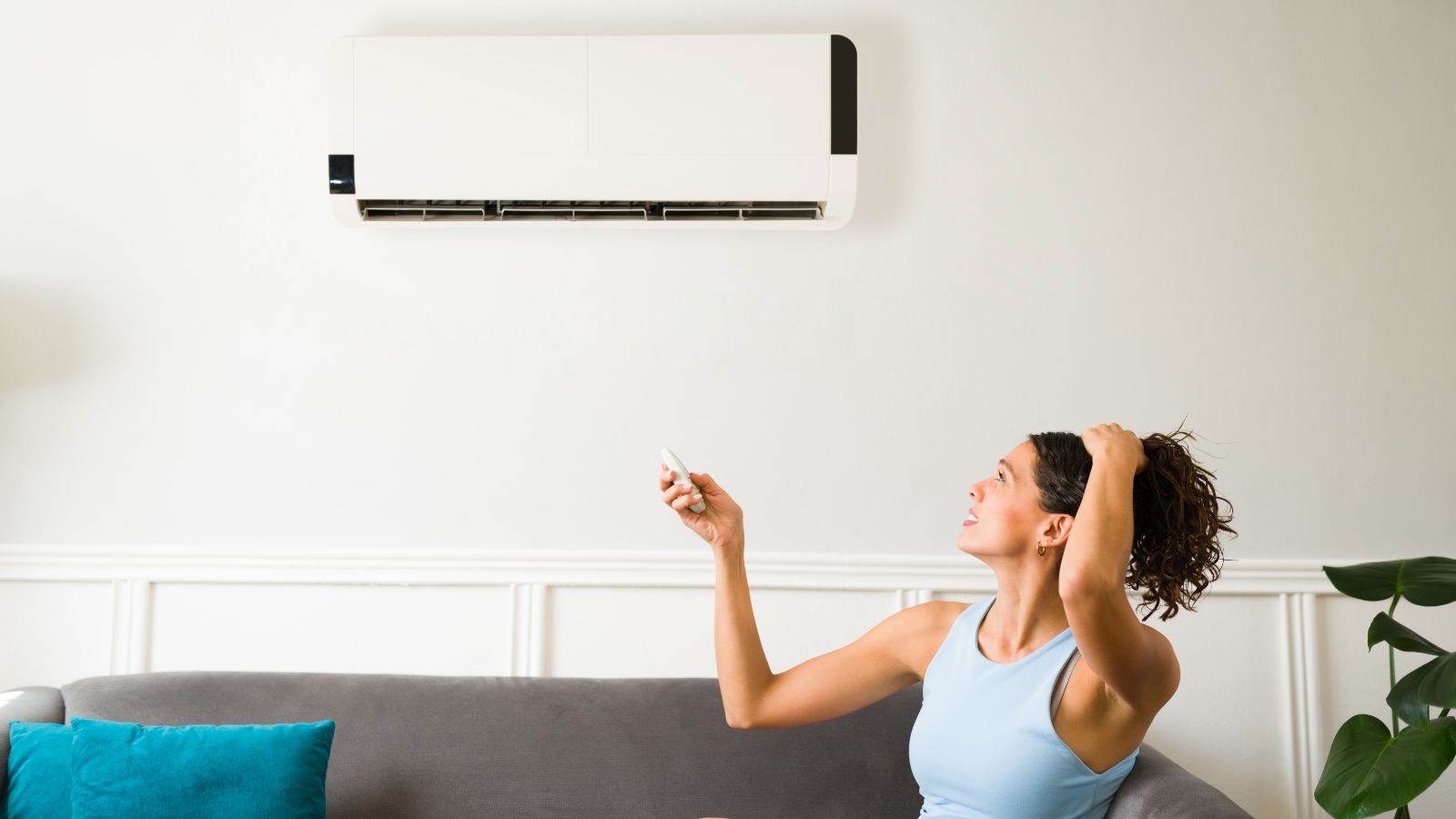
When the temperature starts creeping up, air conditioning feels like the ultimate home upgrade; but if you’re not using your AC unit properly, it could be working harder than it needs to (and running up your energy bills in the process).
From forgetting to clean the filter to plonking your portable AC in the worst possible spot, these air conditioning mistakes are surprisingly easy to make. And whether you’ve got a built-in system or a plug-in model, the small stuff really does matter when it comes to how well your AC actually performs.
We asked the experts to share the most common missteps they see, plus their no-nonsense tips on how to fix them so your space stays cool all summer long.
Air conditioning mistakes
Not all air conditioning is created equal, and neither are the mistakes people make when using it.
“Mistakes are different depending on whether you have a fixed air conditioning unit, or a portable air conditioner unit,” explains Nicholas Auckland, home energy expert at Trade Radiators. "The setup and day-to-day care can vary quite a bit depending on the type of system you have. For instance, built-in systems are more powerful and permanent, but they require professional servicing and space to circulate the air properly. Portable units, on the other hand, are easier to move but rely on proper venting and careful placement to work efficiently."
Understanding what your system needs is the best way to avoid wasting energy, hiking up bills, and unnecessary wear and tear on your device.

Nicholas Auckland is a heating and energy specialist with nearly 20 years’ industry experience, and is the Managing Director of Trade Radiators, one of the UK’s leading online heating retailers.
Built-in air conditioning mistakes
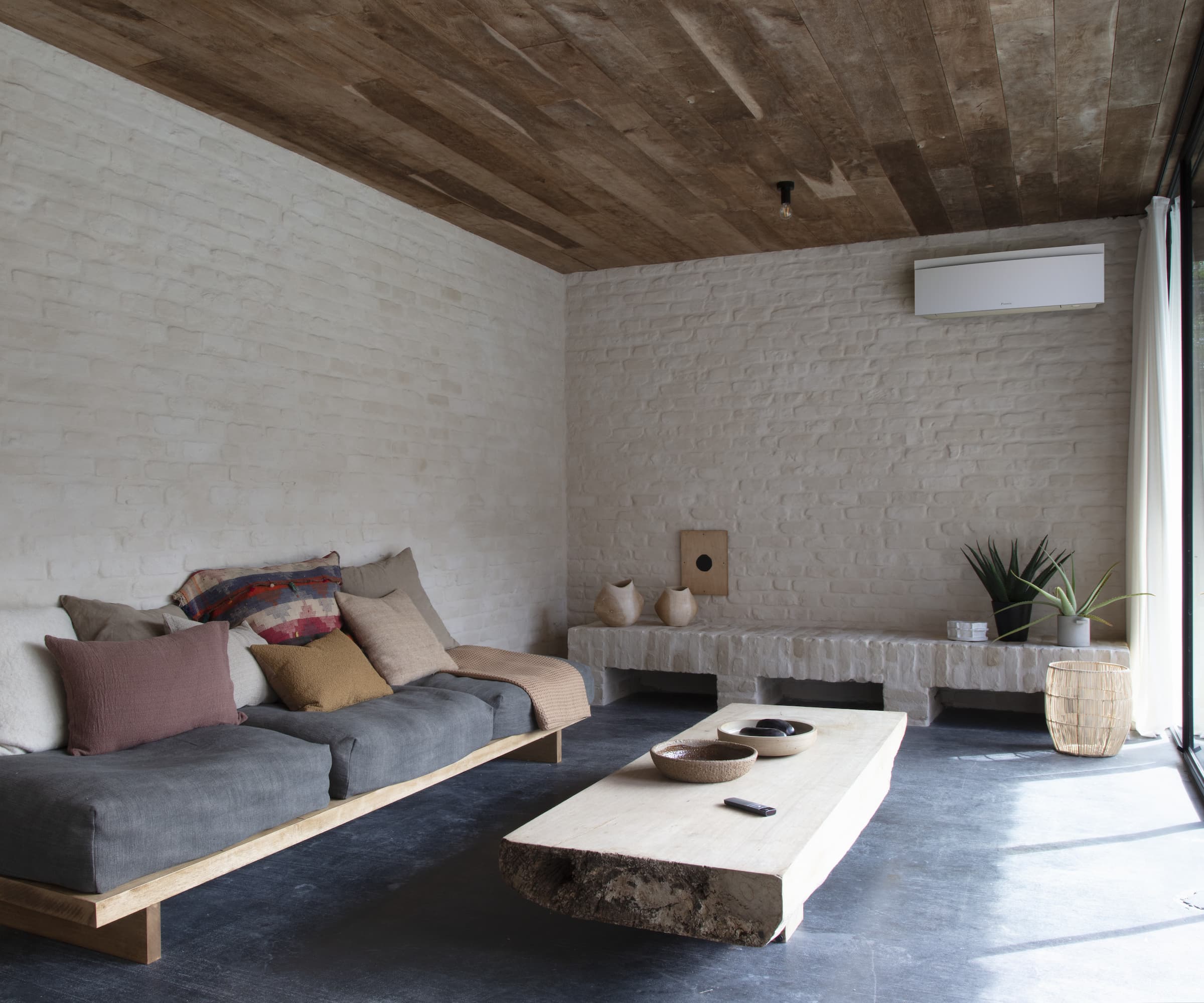
These common slip-ups with fixed systems can lead to higher energy bills and poorer performance. Thankfully, they’re easy to avoid with a little knowhow.
Bring your dream home to life with expert advice, how to guides and design inspiration. Sign up for our newsletter and get two free tickets to a Homebuilding & Renovating Show near you.
Skipping professional AC servicing
“Without getting your air conditioning unit professionally serviced, there’s a higher chance of filters getting clogged up, refrigerant levels dropping, and drainage lines blocking,” explains Nicholas Auckland. “This will lead to a major drop in efficiency and costly, bigger fixes.”
To avoid any potential issues like this, it’s a good idea to get your system serviced at least once a year, ideally ahead of the summer season when you’ll be relying on it most. A professional will check refrigerant levels, clean or replace filters, and make sure there are no hidden issues that could cause a breakdown later on. Between visits, you can help keep things ticking over by keeping vents clear of dust and checking for any unusual noises or drips.
Blocking AC vents (inside or out)
Good airflow is essential if you want your AC unit to keep functioning at its best. If you’ve accidentally placed furniture in front of the indoor vents, or your outdoor unit is crowded by leaves or fencing, your system is likely having to work much harder to maintain the ideal summer AC temperature.
“The indoor part of the unit needs to circulate air freely,” explains Nicholas Auckland. “If it gets covered in leaves or you build a shed right next to it, it can’t dissipate heat effectively, and will cost more money and energy to run properly.”
Setting the temperature too low
It might feel like a good idea to turn your AC down as low as possible on a hot day, but cooler isn’t always better and it won’t speed things up either. Instead, it makes the unit work harder, uses more energy, and often leaves you feeling too cold, only to turn it off and start the cycle all over again.
“The purpose of air con is not to make us feel cold but to keep the temperature cool enough so that we don’t suffer with the heat,” says Noel Fok, CEO and co-founder of EcoAir. “To achieve the best balance between comfort and energy efficiency, set your air con between 22 and 24°C.”
Not only is this range more than enough to keep things comfortable, it also helps reduce power consumption. “Power consumption reduces by 3–5% with every degree increase,” Fok explains. “Essentially, the lower the temperature, the harder the unit has to work to cool the space, which means more energy is used, pushing running costs up.”

Noel Fok is CEO and co‑founder of EcoAir, established in 2006. Based in London, he leads the company in creating innovative, eco‑friendly air treatment and cooling solutions.
Leaving windows and doors open
It might seem harmless to crack open a window for some fresh air while the air con is running, especially in a stuffy room, but it's one of the easiest ways to undo all the cooling your system is working so hard to achieve.
"Leaving windows open while the unit is running is a frequent issue, as it lets warm air in and wastes energy," says Chris Michael, managing director of Meaco. Without a sealed environment, your air conditioner ends up fighting a losing battle. If you're using your AC, make sure windows and doors are closed so that cool air stays in and hot air stays out. You'll feel the benefit much faster, and your energy bills will thank you for it, too.

Chris and his partner Michelle started Meaco in 1991. Meaco is now regarded internationally as a major player in the dehumidifier industry selling to 20+ countries throughout Europe, North America and South Africa. Meaco sets the benchmark for quality and development in its sector, leading by example and reducing the energy consumption of its appliances.
Portable air conditioning mistakes
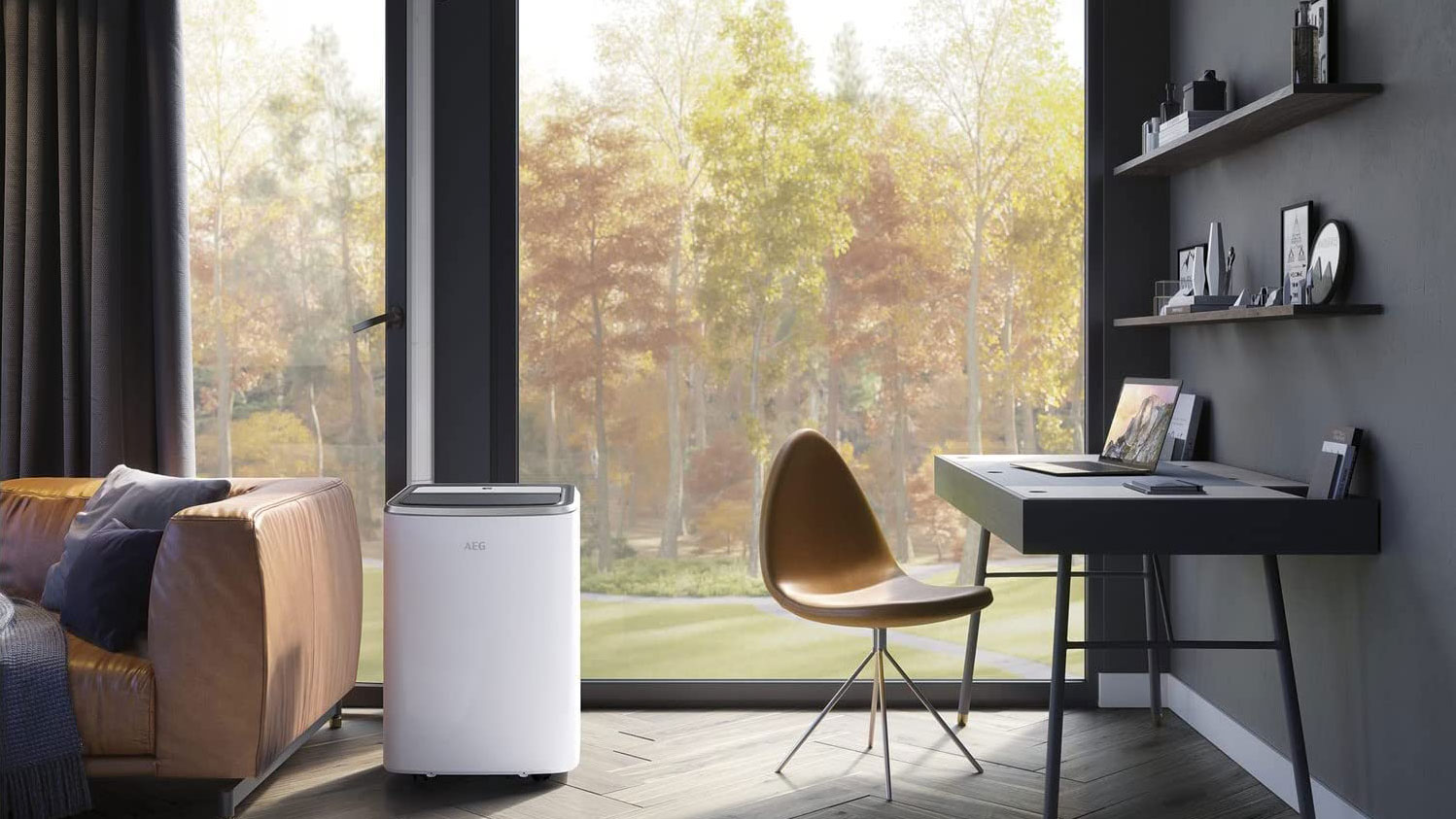
A portable air conditioner is a great option if you need a flexible way to cool down a room, but it will still need a bit of know-how to do it job well. Simple things like where you place the unit or how you vent it can have a big impact on its performance.
Not sealing the venting hose properly
One of the most common mistakes homeowners make with portable air conditioners is not properly sealing the window gap where the venting hose sits. “A lot of people simply hang the hose out of an open window,” says Nicholas Auckland, “this is a complete waste of energy, as the hot air from outside comes straight back in, fighting the cooling effect it’s creating.”
To avoid this mistake, make sure you're using the correct window kit for your model, and ensure that any gaps are fully sealed. Many kits are adjustable and easy to install, and this small step can make a big difference to how well your unit keeps a house cool.
Letting the hose sag or bend
Even if you’ve sealed the hose correctly, its position can still affect performance. If the hose is too long, sagging, or kinked around furniture or corners, the unit will have to work much harder to push hot air out.
“The hose should be as short and as straight as possible,” explains Nicholas Auckland. “A long, sagging, or sharply bent hose will force the unit’s fan to work much harder to expel the hot air. This reduces efficiency and puts a massive strain on the motor.”
Try to keep the hose upright and direct, and avoid running it across the room. The closer the unit is to a venting window, the better.
Blocking the airflow
For your portable air conditioner to work at its best, it needs room to breathe. “Placement is key with your air conditioner,” explains Katie Lilywhite, air treatment expert at AO.com. “Don’t fall into the trap of placing this in a corner or behind your furniture. The appliance needs to breathe and circulate air, all you’ll do is make it work inefficiently.”
Ideally, place the unit near a window for easy venting, and give it a bit of breathing space on all sides so air can move freely.

Katie is one of the many experts at AO.com, covering a multitude of appliances including air quality products, health and beauty and homes and gardens.
Ignoring the AC drip tray
As well as cooling the air, portable air conditioners also remove moisture from it, and on humid days, that means they can collect quite a bit of water (which needs somewhere to go). Most models have a drip tray or internal water tank, which can fill up quickly on hot days.
“During a humid UK heatwave, you might need to empty it daily or more often,” cautions Nicholas Auckland. “Most units will likely have a safety switch that turns the cooling off when the tank is full, leading people to think their unit is broken.”
Make it a habit to check and empty the tray regularly during hot spells or look for a model with a continuous drainage option if you want to keep maintenance to a minimum.
Forgetting to clean the filter
“The air filter will get clogged with dust and other debris as it works,” explains Nicholas Auckland. “A blocked filter basically starves the unit of air, making it work much harder, reducing its cooling power and causing it to use more energy.”
Cleaning the filter is usually a simple job – most can be popped out and rinsed under the tap – but when in doubt check the manual for how often to clean yours. As a rule of thumb, once every couple of weeks during heavy use is a good idea.
Placing the unit on an uneven surface
It’s easy to roll a portable unit into the nearest available spot, but uneven flooring can cause all kinds of issues. If the unit isn’t level, the water in the collection tray may spill out , leading to leaks or puddles on the floor. For the best results, place your unit on a flat, hard surface – not on a rug or sloped floor – and make sure it’s steady.
Shop the best portable AC units
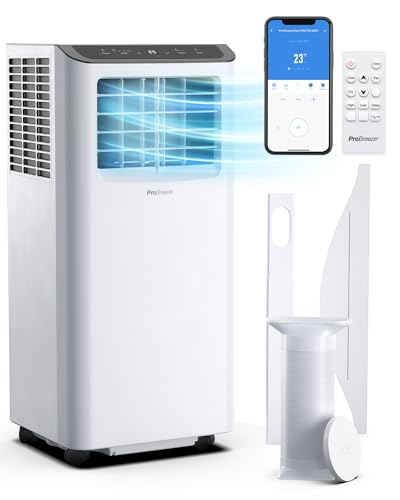
Affordable and easy to move, this unit delivers 9000 BTU of cooling power down to 16°C and pairs with your smartphone for simple, remote control.
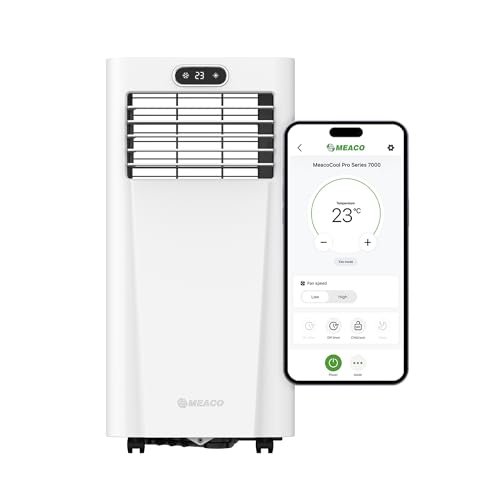
This compact model offers strong cooling with airflow up to 310m³/h, plus a heat setting for colder months and a dry mode to help manage summer humidity.
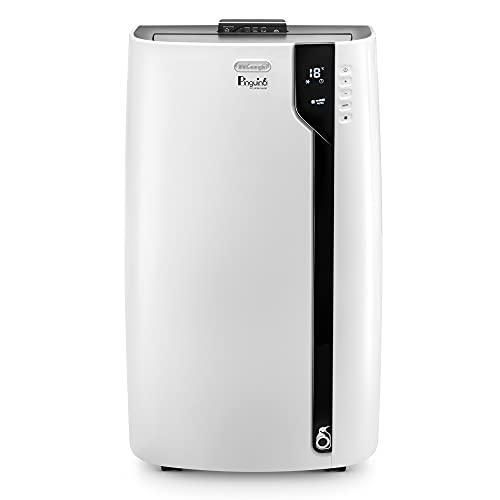
Sleek and energy-saving, this air conditioner cools spaces up to 23sqm, runs on eco-friendly propane and comes with a bright, user-friendly LED display.
If you're not in the market for installing air conditioning in your home, try this clever DIY air conditioning hack to beat the heat this summer.

Gabriella is an interiors journalist and has a wealth of experience creating interiors and renovation content. She was Homebuilding & Renovating's former Assistant Editor as well as the former Head of Solved at sister brand Homes & Gardens, where she wrote and edited content addressing key renovation, DIY and interior questions.
She’s spent the past decade crafting copy for interiors publications, award-winning architects, and leading UK homeware brands. She also served as the Content Manager for the ethical homeware brand Nkuku.
Gabriella is a DIY enthusiast and a lover of all things interior design. She has a particular passion for historic buildings and listed properties, and she is currently in the process of renovating a Grade II-listed Victorian coach house in the West Country.
